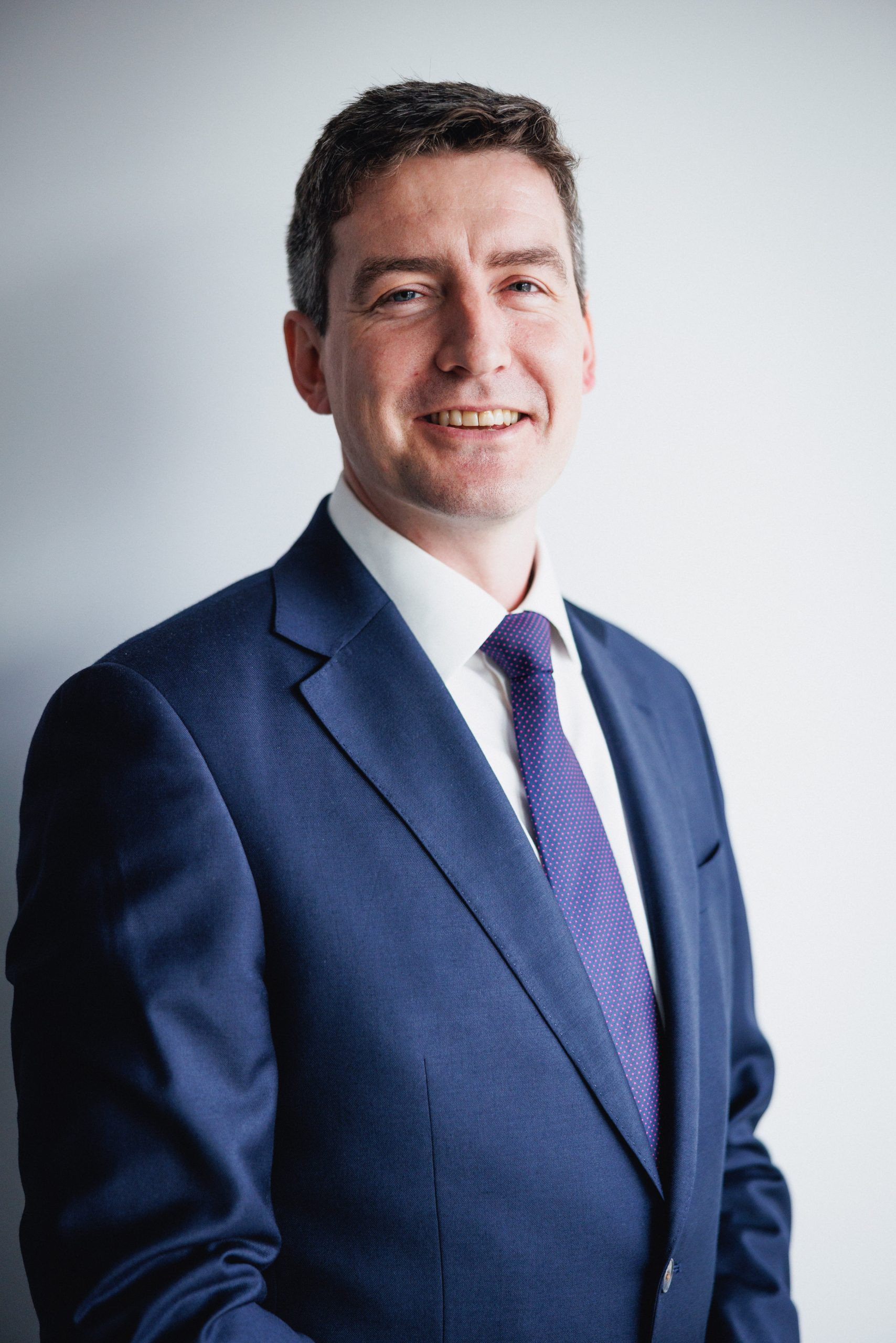What are forearm fractures?
A fracture or break in the forearm bones generally occurs secondary to trauma, commonly from a fall from a standing height, but in some cases with higher energy injuries. These fractures can be simple 2 part fractures, but in some instances, the bone can fracture in multiple places. These breaks can either occur at the top of the radius and ulna (olecranon, radial head or neck fracture), in the middle (radius and ulna shaft fracture) or at the bottom, near the wrist (distal radius fracture).
What are the symptoms of forearm fractures?
Patients develop immediate pain and swelling and there can be a visible deformity or prominence of the fracture end under the skin. There can be associated damage to the nerves and blood vessels. The patient will have limited use of the arm in the acute phase and continued pain and potentially poor function until the fracture heals.

How is it diagnosed?
It is diagnosed by taking a careful history and performing a detailed examination. The surgeon will also look out for other associated injuries of the elbow or distal radio-ulnar joint, which can occur with any trauma in this area. X-ray, and CT imaging in selected cases, can be useful to exclude other potential injuries and to further assess the fracture, particularly in cases where surgical management is required. The investigations will help to inform the clinician and patient regarding the need for surgery.
How is it treated?
Treatment begins with symptomatic management using pain killers, and a sling, plaster cast or brace for support and to immobilise the fracture.
The displacement of the fracture, the location of the fracture and the degree of trauma associated with it help to guide the patient and clinician with regards to the need for surgery. The demands of the patient both for their occupation and for sporting activities are a key component of making this decision.
Options vary from sling management, plaster treatment, and surgery with either internal fixation with a plate, wiring, or all suture repair of the fractures. In some cases, a radial head replacement can be required. Surgery can provide the patient with a more predictable and earlier return to work and sporting activities and can lead to decreased pain, improved range of movement and function when indicated. Postoperative physiotherapy is essential to ensure surgical success.
If you or someone you know has suffered an injury or is experiencing pain in their shoulder or difficulty with moving the shoulder, arm or elbow and would like a consultant-led review, please contact us. Grosvenor Orthopaedics have extensive experience in the treatment of ACJ injuries with excellent patient outcomes.
BOOK NOW
Grosvenor Orthopaedics have extensive experience in the treatment of should & elbow -related injuries with excellent patient outcomes.
SHOULDER & ELBOW CONDITIONS
If you would like to learn about other shoulder & elbow conditions click the button below to find out more
SHOULDER & ELBOW TREATMENTS
If you would like to learn about other shoulder & elbow treatments click the button below to find out more
our specialist shoulder and elbow consultants
Shoulder and Elbow care at Grosvenor Orthopaedics is led by our consultant surgeons Mr W James White and Mr David Butt, both graduates of London medical colleges. They bring extensive experience to Grosvenor Orthopaedics having worked across Guys NHS Trust and the world renowned Royal National Orthopaedic Hospital.
Our team have broad experience in the successful treatment of a range of shoulder and elbow problems, addressing both young and sports related injuries as well as those relating to trauma, disease process and genetics.
Patients who choose Grosvenor Orthopaedic Partners for their treatment will receive some of the best care available in the UK. Our team are leading consultants across London’s shoulder and elbow clinics and offer specialist care to our private patients through King Edward’s Hospital, HCA Lister and other major private hospitals in central London.
Our team are well placed to manage and treat a diverse range of shoulder and elbow problems utilising cutting edge diagnostic technology and treatment approaches, both surgical and conservative. Below is an overview of some of the conditions we treat but for a more thorough understanding please contact our team here
What some of our patients say
Mrs JS
Thank you to the whole team for getting me back on my feet again




